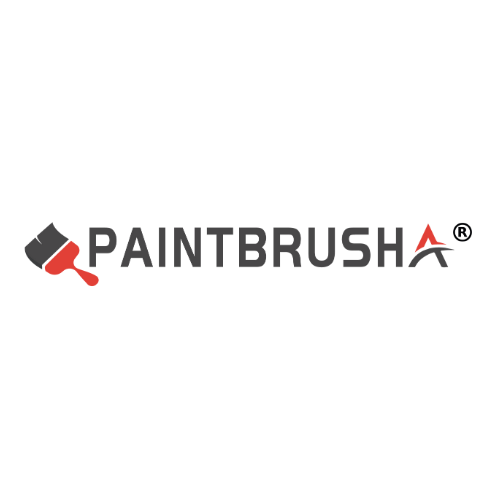When using oil brushes to paint in a modern art style, the following key points should be noted:
First, the selection and application of brushes
Diversity
Modern art styles are diverse, including Abstract Expressionism, Pop art, Surrealism, etc. Each style has different demands for brushes. Therefore, prepare various types of brushes, such as round-tipped, flat, fan-shaped, etc., to adapt to different painting techniques.
Brushstroke effect
Modern art emphasizes the expressiveness of brushstrokes. Choosing brushes of different hardness, length and shape can create a rich variety of brushstroke effects. For instance, hard-bristled brushes are suitable for depicting bold and powerful brushstrokes, while soft-bristled brushes are more appropriate for expressing delicate and gentle brushstrokes.
Innovative use
Don’t be confined to the traditional usage methods of paintbrushes. You can try painting with the side, tip or edge of the brush. You can even combine the brush with other tools (such as a scraper or sponge) to create unique textures and effects.
Second, the treatment and application of pigments
Color matching
Modern art is rich in and diverse in color, not bound by traditional color matching rules. You can boldly try combinations of contrasting colors, adjacent colors or complementary colors to create a strong visual impact.
Pigment texture
Modern art emphasizes the texture expression of pigments. Through techniques such as thick application, thin application, and scraping, pigments can present different textures on the canvas, such as rough, smooth, and transparent.
Mixing and blending
During the painting process, one can freely mix and blend pigments to create new colors and textures. There is no need to be overly concerned about the accuracy and purity of the colors. What matters is to express one’s personal emotions and ideas.
Third, exploration and innovation of techniques
Multi-layer coverage
Modern art often employs the technique of multi-layer overlay, creating depth, texture and layering through repeated color superimposition. During the painting process, one can gradually deepen the colors or add new elements and details at different levels.
Abstract representation
Abstract Expressionism is one of the important schools of modern art. When painting, one can break free from the constraints of specific images and focus on the expression of brushstrokes, colors and textures. Express one’s inner emotions and ideas through free brushstrokes and smearing.
Comprehensive material application
Modern art is not confined to a single material or technique. You can try to combine oil paints with other materials (such as sand, paper scraps, fabric, etc.) to create more diverse and rich artistic effects.
Fourth, the expression of emotions and the transmission of concepts
Personal emotion
Modern art emphasizes the expression of personal emotions and concepts. During the process of painting, one can incorporate their own emotional experiences and ideological insights, endowing the work with a unique personality and charm.
Concept transmission
In addition to emotional expression, modern art also attaches great importance to the transmission of concepts. One can convey one’s artistic concepts and thoughts to the audience through elements such as the composition, color and brushstrokes of the work.
Fifth, precautions in practice
Keep an open mind
Modern art is a constantly evolving and changing field. During the process of painting, one should maintain an open mind, be brave to try new techniques and materials, and constantly explore and innovate.
Pay attention to detail handling
Although modern art emphasizes the overall effect and the conveyance of concepts, the handling of details is equally important. Through fine brushstrokes and color combinations, the work can be made more vivid and touching.
Repeated deliberation and revision
The creation of modern artworks is often a process of repeated deliberation and revision. There is no need to rush for quick success. You can review and adjust your work many times to make it more perfect.
